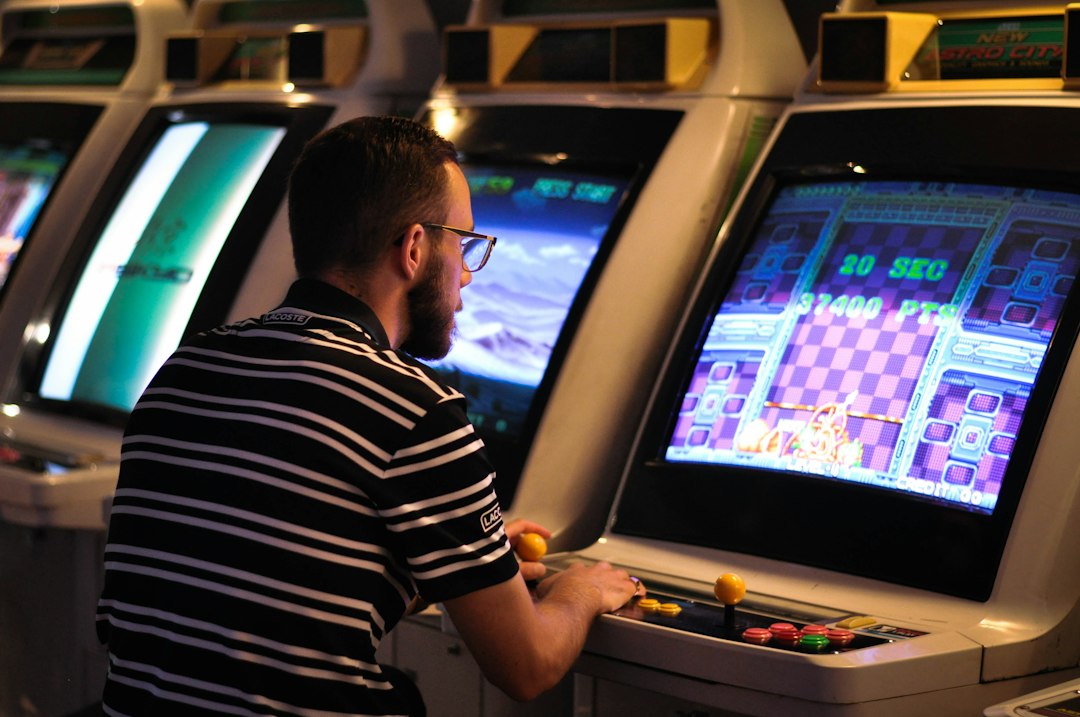From Cardboard to Digital: The Fascinating History of Board Games
Board games have been a popular pastime for centuries, bringing people together for enjoyment, competition, and social interaction. These games have evolved over time, transitioning from simple boards carved into stone or wood, to beautifully illustrated and complex cardboard creations, and even making their way into the digital realm. The history of board games is a fascinating journey that highlights the ingenuity and creativity of humanity.
The earliest evidence of board games dates back to around 3500 BC in Mesopotamia, where a game called “Senet” was played. This ancient game involved a 30-square board and players moving their pieces based on the outcome of dice rolls. Senet was not only a form of entertainment but also had symbolic significance, as it was believed to represent the journey of the deceased through the afterlife.
In ancient Egypt, another popular board game that emerged was “Mehen.” This game featured a circular board with snake-like segments and marbles serving as tokens. Mehen was a representation of the serpent god of the same name and was often played during religious rituals.
As civilizations progressed, so did board games. The Indian game of “Chaturanga,” which dates back to the 6th century, is widely regarded as the ancestor of chess. This strategic game revolved around moving various military units across the board to capture the opponent’s king. Chaturanga spread throughout Asia, evolving into different variations like “Shogi” in Japan and “Xiangqi” in China.
Board games also had a significant presence in medieval Europe. The most notable game of this period was “Hnefatafl,” also known as “The Viking Game.” Hnefatafl was a battle strategy game where one player controlled a king and his defenders, while the other player commanded a larger army of attackers. This game reflected the turbulent times of Viking invasions and the complexity of warfare during that era.
The 19th century saw a revolution in board games with the advent of mass production and the introduction of cardboard. Previously, games were often handcrafted and out of reach for the average person. Now, with cheaper materials like cardboard, game manufacturers began creating more accessible games for a wider audience.
This era gave birth to classics like “Monopoly” and “Scrabble.” Monopoly, originally known as “The Landlord’s Game,” was first invented by Elizabeth Magie in 1903 as a critique of capitalism. It quickly gained popularity and was eventually bought and trademarked by Parker Brothers. Scrabble, on the other hand, was the brainchild of Alfred Butts, an unemployed architect during the Great Depression. The game became an enormous success, combining anagrams and crossword puzzles into an engaging and competitive experience.
With the rise of technology, board games made their way into the digital realm in the late 20th century. Video game consoles and personal computers enabled developers to recreate classic board games and introduce new ones. “The Settlers of Catan,” a German board game released in 1995, was one of the first to successfully make the transition from cardboard to pixels. It allowed players to build settlements, collect resources, and compete against each other on a virtual island.
In more recent years, the advent of smartphones and tablets has made board games even more accessible. Mobile app stores are filled with digital versions of classic titles like “Chess,” “Backgammon,” and “Ticket to Ride.” These digital adaptations often come with additional features, such as online multiplayer and artificial intelligence opponents, enhancing the gameplay experience further.
Despite the rise of digital board games, traditional cardboard games continue to thrive. In fact, we are currently experiencing a board game renaissance, with a resurgence of interest in tabletop gaming. People are rediscovering the joy of gathering around a physical board, engaging in face-to-face interaction, and challenging their friends and family with strategy and luck.
The journey from cardboard to digital has been a long and captivating one for board games. From the ancient civilizations of Mesopotamia to the high-tech digital age, board games have entertained and inspired people of all ages. So next time you open a box, roll the dice, or move your token across a board, take a moment to appreciate the rich history and evolution of these timeless games.

